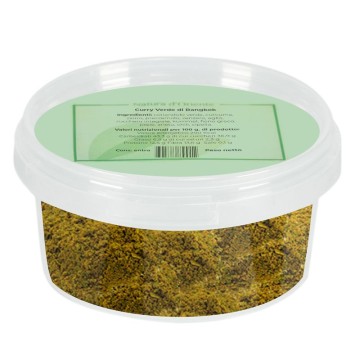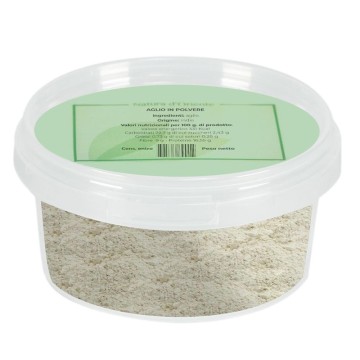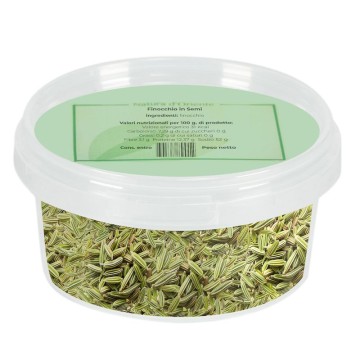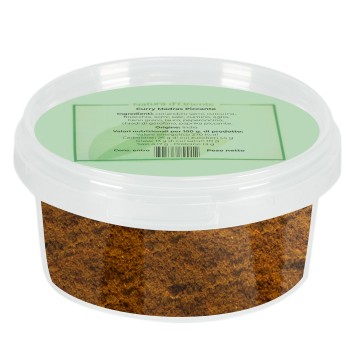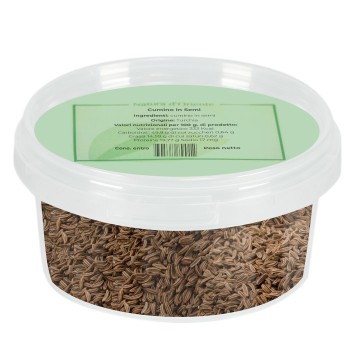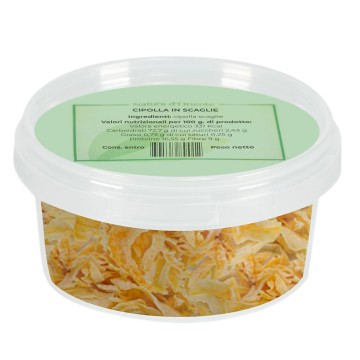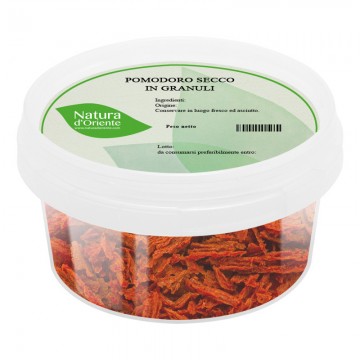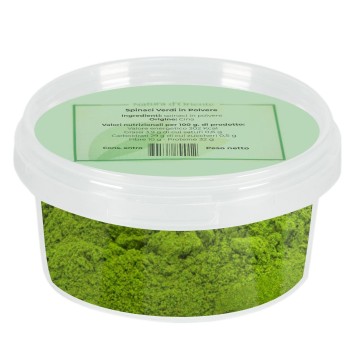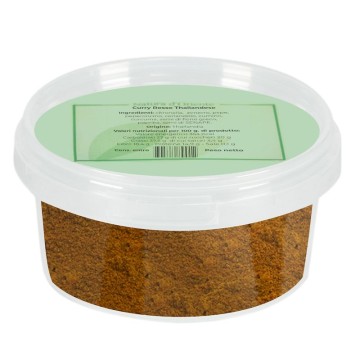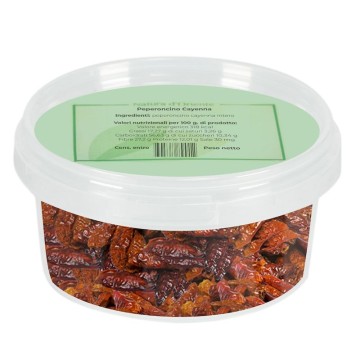Berberè: properties and benefits
This spicy mixture typical of the Horn of Africa makes food spicy and rich in flavour, thanks to the many different ingredients, among which chilli pepper, garlic and ginger stand out. In addition to its pungent taste, it gives the nutritional values linked to its spices: the properties of Berberè are due to the skilful combination, and their synergy enhances them.
In the Ethiopian blend we find cardamom which perfumes the breath, ginger which calms irritations and facilitates digestion, cloves and chilli pepper which stimulate the metabolism. Furthermore, fenugreek boasts properties useful for both digestion and carbohydrate metabolism. The flavor of this spicy mix can temporarily increase the feeling of satiety; an aid in weight management diets. The use of berbere can reduce the salt content, thanks to its taste, benefiting those who wish to reduce sodium intake.
Many spices in berbere help the regularity of gastrointestinal transit, and the elimination of gas in excess for this reason has been adopted for hundreds of years in Ethiopian and Eritrean cuisine. Although the berbere spice offers potential wellness benefits, it should be used in moderation in cooking. Excessive qualities can amplify the spicy taste, irritate the palate and the gastrointestinal system.
Use of berbere in cooking
Spices play a fundamental role in enhancing the flavors of our dishes, particularly in ethnic cuisine. The Ethiopian Berberè blend is a spicy combination used in the territory of Ethiopia and Eritrea, to add a characteristic aroma and flavor to dishes, enhancing both sweet and bitter flavours. Furthermore, in the finishes it gives off its lively color between orange and brick red, which varies depending on the components.
Its flavoring qualities are used to spice but also to help eliminate salt and fat from some foods , like meat. As a special blend of spices, in fact, it is used on white meat such as chicken or beef, to give it a tasty touch. In Western cuisine it has become a versatile spice, which can also be used in the preparation of rubs for meat not only chicken or lamb, but also beef. It gives a tasty and intense character to the delicious crust of grilled, roasted or pan-fried meats.
Berberè is used in stews and soups, to flavor them with a deep touch, and can be sprinkled on vegetables to improve its flavor in an aromatic sense. It also works well with carrots and potatoes – a pinch is enough.
It is a key ingredient in Ethiopian dishes such as Doro Wat (stew based on chicken or chicken and sometimes hard-boiled eggs) and Misir Wat (red lentil stew). It is also used for marinating meat or vegetables, mixing berberè, oil, garlic and lemon juice.
In first courses such as rice or couscous, a pinch of berberè can be used to give complexity to simple and neutral. In bread making, in fact, it can be incorporated into the dough for a different flavor of baked products.
You can adopt this Ethiopian mixture in tomato-based pasta sauces for an exotic touch, also pleasant in creamy sauces for add heat and spiciness.
Berberè can also be added to sauces with yogurt or sour cream, used to give a pungent taste and canapés, potatoes and vegetables. In hummus it becomes an African Ethiopian variant that is spicier and deeper in taste.
Remember that berbere can be quite spicy, so adjust the amount in recipes according to your taste preferences. Start with a small amount and add gradually if you prefer a stronger flavor. Preparation of the zighinì
Ingredients: berberè mixture - extra virgin olive oil - onion - beef or chicken cut into bite-sized pieces - peeled tomatoes - salt.
Prepare the sauté in a pan, obtained by chopping the onions and cooking them in oil. Place the meat cut into bite-sized pieces into the pan until browned. Then add the berbere mixture to the sauce, continuing to mix. At this point, add the peeled tomatoes and a little salt. Cook thoroughly for about 1 hour and a half, adding a little water when it seems necessary.
Origins and history of cultivation
Berberè originates from the Horn of Africa, used mainly in Ethiopia and Eritrea. The composition is traditional and is given by chili pepper, coriander and cardamom seeds, cloves, mountain celery seeds, allspice, black pepper, fenugreek seeds, ground ginger and cinnamon.
They sometimes appearcommon rue, ajowan and other spices. Because often each family could have its own special recipe, handed down from generation to generation, with local ingredients that vary from the Ethiopian territory (wild plants).
The main distinction is between berberè with fenugreek and those with cardamom. The aromatic power of cardamom is used above all on the Red Sea coast, while in inland countries fenugreek is used. In the original recipe the seeds were toasted, while today the version of the Berberè mixture includes powdered spices already toasted and ground.
The basic elements always present in this mixture of spices are typical for the preparation of the famous national dish, the zighinì stew.
This is the Eritrean national dish, usually accompanied by a kind of typical bread called Injera (or Enjera). Traditionally in the Horn of Africa the consumption of meat is a food luxury reserved for special occasions and ceremonies, while the spice is much more widespread on a daily basis in the cuisine of soups and vegetables.
The African mixture has begun to spread in recent decades also in the rest of the world, as a riot of exotic flavors that enriches many dishes and provides benefits.
The spices present in Berberè
Chili pepper gives this blend of spices a spicy and intense boost, an excellent note on exotic meat dishes, on vegetables and for flavoring neutral-tasting foods.
Cloves stand out for their warm, slightly spicy flavor and with sweet notes in the aftertaste. The scented use adds floral hints to the mix.
The cumin creates a strong base, warm and pungent but not overpowering, reminiscent of fennel seeds. It gives slightly toasted and bitter notes.
Black cumin (Nigella sativa) is not related to classic cumin; it is often used as a substitute for pepper due to its peppery aroma, although less spicy.
Cinnamon infuses the mixture with a warm flavour, between pungent and sweet, with an intense aroma that balances the bitter notes of other spices.
Garlic is the element with the strong and spicy flavour, which envelops the palate in an intense way as a basis for the other spicy notes.
Coriander, with its sweetish flavor and delicate aroma, is reminiscent of fennel and dill; a fresh, citrus note in the blend.
Black cardamom gives a pungent but balanced flavour, which harmonizes with a fresh, strong, slightly smoky and camphorous scent.
Allspice is an element with a very intense aroma, with a strong taste and peppery notes; however, it is not very spicy and reminds of cloves.
Rue has a bitter and penetrating flavour, it is known as a component of berbere but is also used to enhance the flavor of salads, vegetables, fish and meat.
The sweet and peppery flavor of basil, with notes of anise, is perfect on white meats or veal, and gives the mixture a touch of freshness.
Ginger adds a pungent and intense note that goes well with spices such as cinnamon and cumin; an extra touch for meat or fish dishes.
The fenugreek seeds give the mixture a light flavor with a bitter aftertaste, spiced just right to enhance the flavor of chicken and vegetables.
Thyme is historically used to give a rounded and intense flavor to meat dishes, a touch of depth in land recipes.

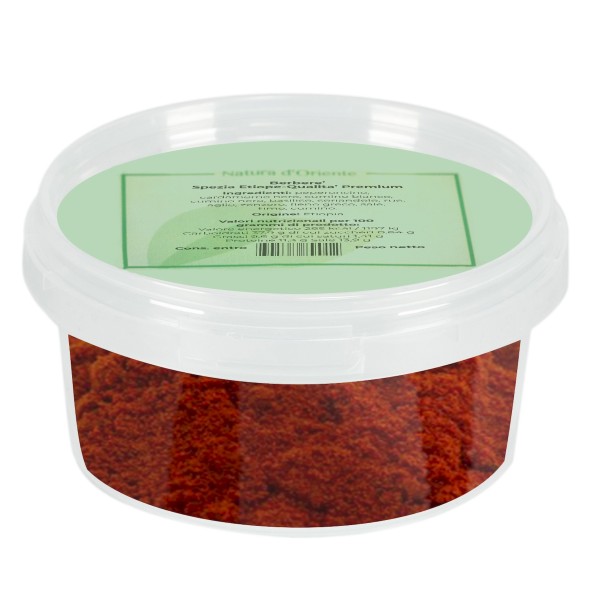









 No reward points for this product.
No reward points for this product.
